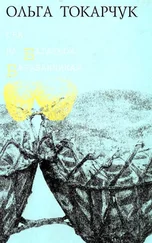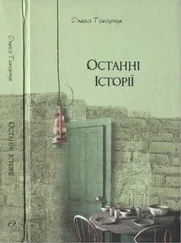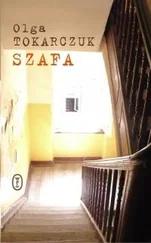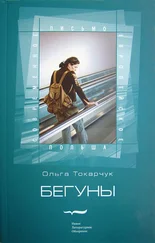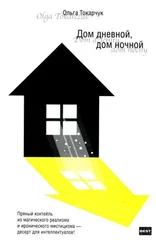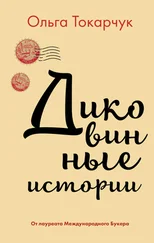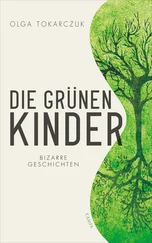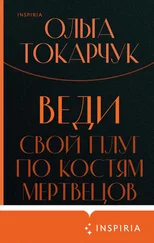On that day in November our barge moored at Herengracht in Amsterdam in the early afternoon, and we went straight from the harbour to our destination. Since it was already the start of winter, the canals did not stink as mercilessly as in summer, and it was pleasant to walk in the warm milky fog, which before our eyes floated upwards, revealing a serene autumn sky. We turned onto one of the narrow side streets of the Jewish neighbourhood and wanted to stop somewhere for a beer. It was a good thing we had had a bountiful breakfast in Leiden, because all the inns we passed were overflowing with people, and we would have waited a long time to be served.
At the market, among the stalls, there is the Measures Building, where unloaded goods are weighed. In one of the towers enterprising Ruysch has arranged this theatrum, and this is where we arrived somewhat earlier than the hour printed on our tickets. Though none of the eager participants had yet been admitted inside, several little groups of viewers had gathered nonetheless at the entrance. I looked them over with interest, for the appearance and garments of many of them were testament to Professor Ruysch’s fame having long since crossed the borders of the Netherlands. I heard conversations in foreign languages, saw French wigs on people’s heads and English lace cuffs protruding from the sleeves of doublets. Many students had also come; they must have had cheaper, unassigned seats, because they were already crowding around the entrance, wanting to secure the best positions.
People we knew from when Filip was more active at the university – high-ranking members of the municipal council or the surgeons’ guild, interested in what Ruysch was about to show us, what he’d come up with – approached us constantly. Then my uncle, the imprimateur of the tickets, arrived, dressed immaculately in black, and greeted Filip effusively.
The place looked like an amphitheatre with benches set all around, all the way up, almost to the ceiling. It was well lit and carefully prepared for the spectacle. Along the walls down the entrance and the room itself were placed the skeletons of animals, bones connected by wires supported by discreet structures, giving the impression that the skeletons might at any moment come back to life. There were also two human skeletons – one on his knees, with his hands raised in prayer, and the other in a pensive pose, head resting on knees, the little bones of which were meticulously connected by wires.
When the audience, whispering and shuffling their shoes, entered the room and one by one took the seats indicated for them by their tickets, they also passed by Ruysch’s famous compositions exhibited in display cabinets, elegant sculptures. ‘Death does not spare even youth,’ I read on the sign beneath one of them – it represented two fetus skeletons playing together: delicate cream-coloured little bones, blistery little skulls planted around an elevation built from the equally delicate bones of small hands, rib cages. And symmetrically to them another tableau had been arranged, little human skeletons around four months old standing on an elevation of (as far as I could tell) gallstones covered in prepared and dried blood vessels (on the thickest such branch sat a stuffed canary). The skeleton on the left side held a miniature sickle while the other, in a forlorn pose, brought to its empty eye sockets a handkerchief made out of some sort of dried tissue, maybe lung? Someone’s sensitive hand had decorated the whole in salmon lace and summed it up in elegant lettering on a silk ribbon: ‘Why would we miss the things of this world?’, which meant it would have been difficult to be overcome by the sight. I was moved by the presentation before it had even begun, because it seemed to me I was seeing the tender evidence not of death, but of some death in miniature. How could they have truly died without ever having been born?
We took our places in the first row along with the other distinguished guests.
On the central table, amidst nervous calling whispers, lay the body already, ready for dissection, still covered in a piece of light-coloured shiny fabric that barely gave a sense of its shape. It had already been announced on our tickets, like a delicious dish, spécialité de la maison : ‘Body prepared thanks to the scientific talent of Dr Ruysch for preserving and reproducing the natural colour and consistency, such that it may seem fresh and almost living.’ Ruysch kept the components of this extraordinary tincture in strict secret; no doubt that substance was an elaboration of the one that was still conserving Filip Verheyen’s leg.
Soon every place had been occupied. Finally those in charge admitted a few dozen students; most of them were foreign, and they stood now around the walls amongst the skeletons in a strange sort of complicity with them, stretching out their necks just to see anything at all. Shortly before the performance, in the first row, the best places were taken by several elegant men dressed in foreign attire.
Ruysch came out with two helpers. It was they who, after a short introduction by the professor, simultaneously lifted the covering on both sides and revealed the body.
No surprise that from all sides we heard a gasp.
It was the body of a slender young woman; as far as I know, only the second such to be presented for a public dissection. Until now, anatomy lessons were only permitted on male bodies. My uncle whispered to us that this was some Italian whore who had killed her newborn child. Her swarthy, smooth, perfect skin looked from here, from the first row, from barely a metre away, flushed and fresh. The lobes of her ears and the toes on her feet were lightly red, as though she’d lain too long in a cold room and frozen. She was no doubt covered in some sort of oil, or perhaps this was part of Ruysch’s preservation treatments, because she was glowing. From the ribs down, her stomach fell, and over this petite olive-skinned body rose the mound of Venus, as though the most important, most significant bone in the system. Even for me, used as I was to dissection, it was a moving sight. Normally dissections were performed upon the bodies of convicts who had not taken care of themselves, playing with their lives and health. What was shocking was the perfection of this body, and here I truly had to appreciate Ruysch’s care and foresight for having managed to get it in such a good state and prepared it so well.
Ruysch commenced the lesson, addressing those gathered, thoughtfully mentioning the title of all the attending doctors of medicine, professors of anatomy, surgeons and officials.
‘Greetings, gentlemen, and I thank you for coming in such numbers. Thanks to the generosity of our magistrate I reveal to your eyes what nature has hidden in our bodies. And not at all out of a desire to unload bad feelings on this poor body, nor from a need to punish it for the act it committed, but rather so that we might discover ourselves, and the way in which we were made by the hand of the Creator.’
He told us that the body was two years old already, which means that during that time it had lain in the morgue, and that thanks to the method he invented, he had been able to preserve it fresh until today. When I looked this way at the naked, defenceless, beautiful body, my throat tightened, and after all I am not someone on whom the sight of human corpses makes any impression. But it made me think that we could have anything, be anyone if – as they say – we wanted it badly enough; for man stands at the very centre of creation, and our world is the human world, not the divine world nor anyone else’s. There is only one thing we cannot have – eternal life, and, by God, from whence did that concept come into our heads, that idea of being immortal?
He introduced the first cut expertly along the abdominal wall; somewhere on the right side of the auditorium someone apparently fell ill, because for a moment there was a murmur in the audience.
Читать дальше

